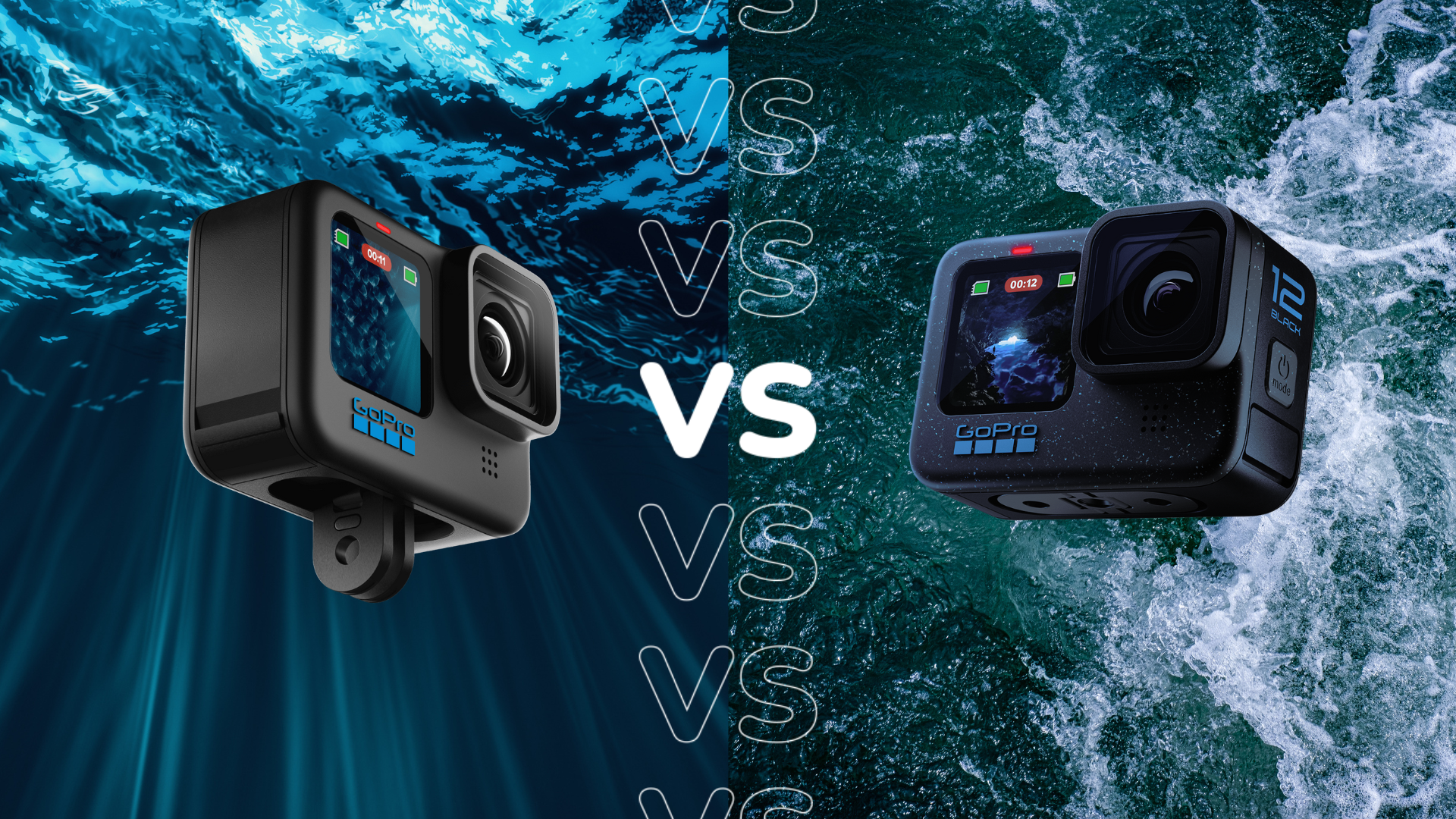Asus Zenfone 10 vs Samsung Galaxy S23: Which compact flagship is best?

The Asus Zenfone 10 is the company’s answer to a compact flagship, but how does it compare to the pocket-sized Samsung Galaxy S23?
While both smartphones look to corner the compact end of the flagship phone market, there are key differences not only in design and camera tech but software that may sway your decision as to which to buy.
That’s where we at Trusted Reviews come in; we’ve reviewed both the 5.9-inch Asus Zenfone 10 and 6.1-inch Samsung Galaxy S23 and here, we outline some of the key differences between the two flagship smartphones.
The Zenfone 10 has a six-axis gimbal stabilisation
One of the key features of the Zenfone 10 is the camera system, and more specifically, the stabilisation system on offer. Rather than opting for standard OIS with 0.5-degree freedom of movement in all directions, Asus has taken a different approach. Rather than moving the camera sensor as with standard OIS, Asus’ system moves the entire camera module to keep things stable.
Asus claims that this effectively gives the phone’s 50MP main and 13MP ultrawide a 3x boost to how far they can move, with 1.5 degrees of freedom in all directions to help combat shaky hands and bumpy video recordings.
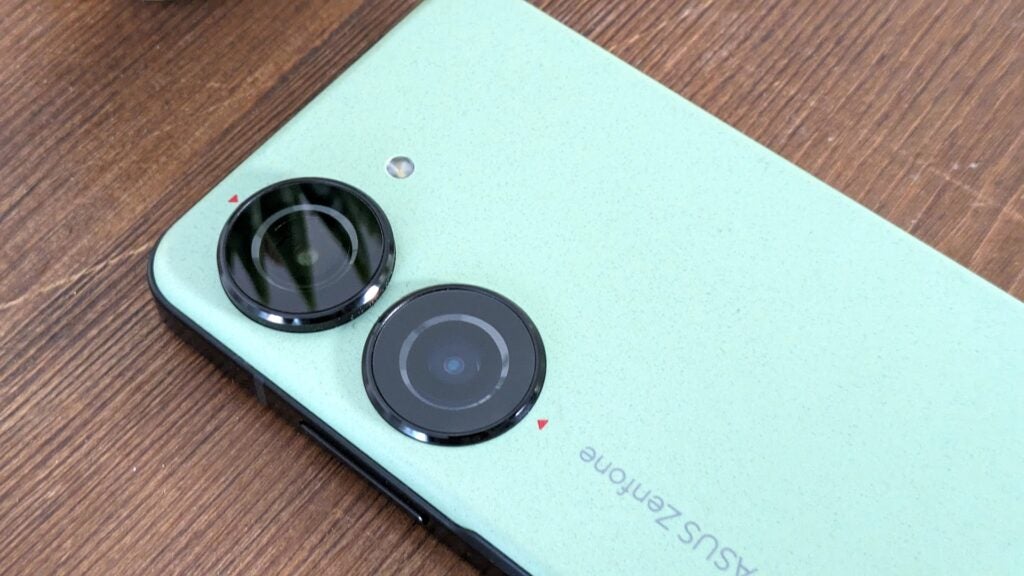
Our reviewer noted that the gimbal stabilisation was impressive stuff with a handy on-screen icon to show whether the stabilisation is working, although it didn’t completely remove all blur in all images. Still, it made it easier to take sharp shots one-handed and also allows for rather advanced shooting modes, including Night Mode and Light Trail, without the need for a tripod.
That’s not to say that Samsung’s triple rear camera system delivers blurry photos – in fact, even with standard OIS, everyday performance was great – but for those that need extreme stabilisation (think recording a video offroading on a BMX) the Zenfone 10 will serve them better.
The Samsung Galaxy S23 has a more premium build
The Asus Zenfone 10 has a bit of a marmite design that you’ll either love or hate, and that mainly comes down to the use of a bio-based polycarbonate for the rear panel.
Though the intentions are great, offering a 50% reduction in petrochemical use in the manufacturing process, the actual finish of the phone isn’t great. Our reviewer noted that it feels a bit like sandpaper or a nail file, and it’s relatively thin too, giving the phone a bit of a hollow feel – not great for a £750 slab.
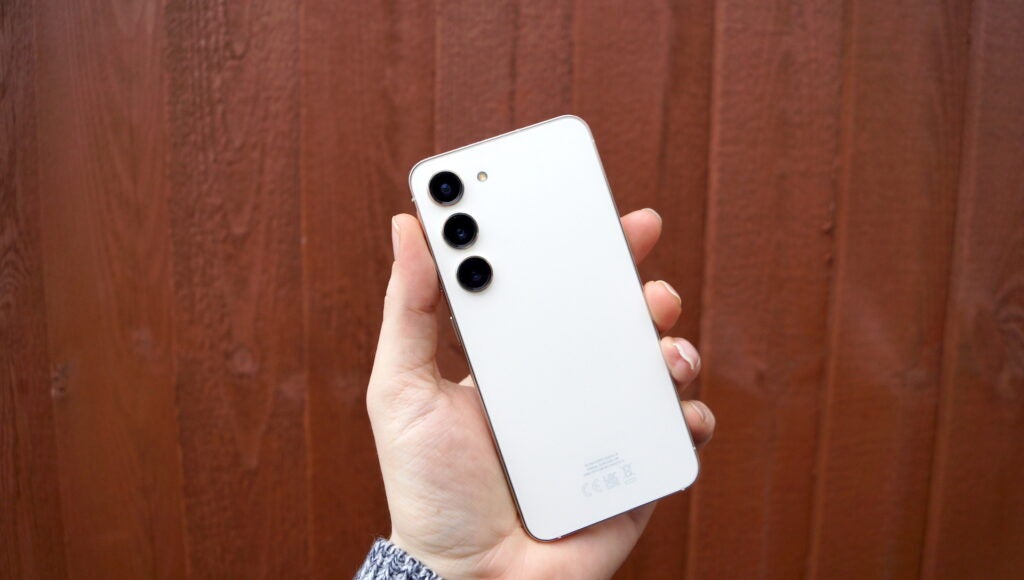
The Samsung Galaxy S23, on the other hand, sports an elegant yet simplistic design that brings it visually in line with the top-end Samsung Galaxy S23 Ultra. Most importantly, it sports a glass rear panel that gives it a high-end, premium feel compared to Asus’ option that our reviewer loved the feel of.
It’s not all bad for the Zenfone though; it is at least available in some attractive colours including Aurora Green, Eclipse Red, Starry Blue, Midnight Black and Comet White, with our reviewer praising the appealing green finish in particular.
The Zenfone 10’s software is hugely customisable
Though both the Zenfone 10 and Samsung Galaxy S23 technically run Android 13, their approaches to the OS couldn’t be any more different.
The Samsung Galaxy S23 sports the company’s OneUI 5.1 update that, as well as adding handy features like the ability to reply to incoming calls via text using your voice, fundamentally changes certain elements of the OS, be it the shape of notifications and icons to the vastly different layout in the Settings menu – these may seem relatively trivial but it all adds up in the end.
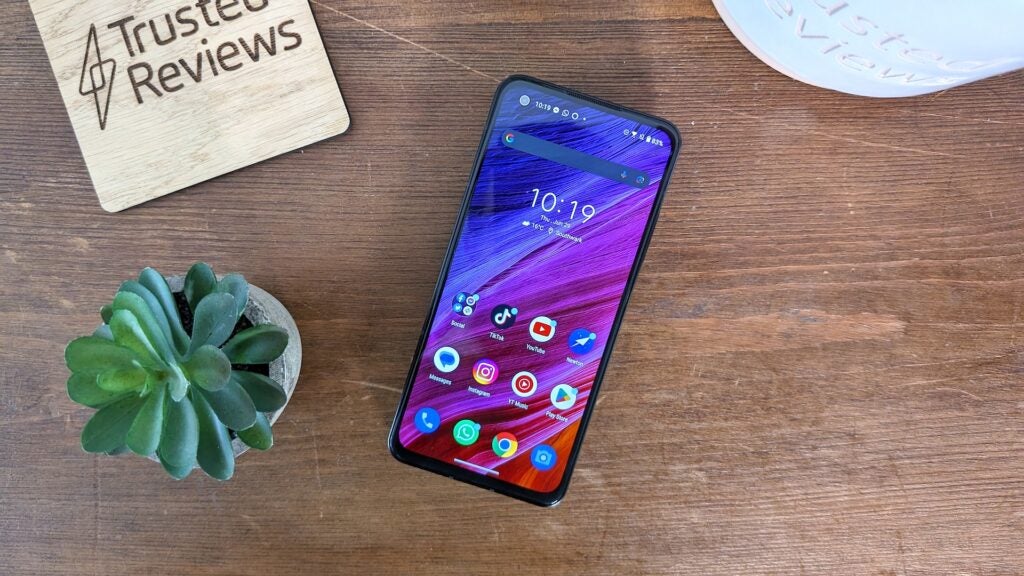
Asus, on the other hand, has taken a much more stock approach to the Zenfone 10’s software – though it’s not technically stock Android, instead running Asus’ own ZenUI. But even with its own UI on top, it’s still distinctly stock in terms of the overall look and feel of the device.
And, where Asus has decided to switch things up with their own spin – i.e. with the design of icons and how you power off the phone – it also provides the option to switch back to the stock approach. It’s a refreshing change in a world where most smartphones offer very little in the way of OS function customisation.
The Samsung Galaxy S23 has longer software support
While the Zenfone 10 offers an experience closer to stock Android than the Samsung Galaxy S23, the company can’t quite compete with Samsung on long-term software support – a key component for anyone looking to keep their phone longer than a year or two.
Asus has confirmed that the Zenfone 10 will receive two OS upgrades and four years of security patches that, while better than some competitors, trail behind the industry-leading four OS upgrades and five years of security patches from Samsung with the S23 line.
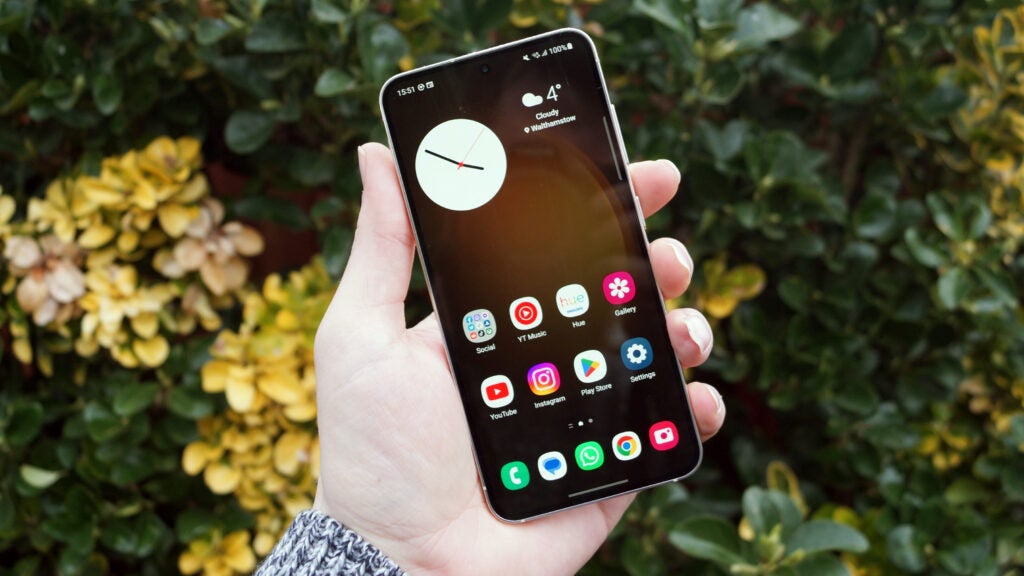
That essentially means that the Samsung Galaxy S23 will receive more OS upgrades than the Zenfone 10 over the next few years, theoretically seeing the phone through to Android 17 while the Zenfone 10 will stop at Android 15. If you like the idea of your phone continuing to get new features over time, it’s an important factor to consider.
The Zenfone 10 is cheaper
When it comes to pricing, the Zenfone 10 is the more affordable option – especially during its pre-order phase right now.
If you pre-order the Zenfone 10 before the phone’s release in July, you can get it for as little as £699 in the UK, a £50 discount on the £749 RRP, while the top-end model with 16GB of RAM and 256GB of storage is currently available for £749 before going up to £819 once orders ship.
The Samsung Galaxy S23, on the other hand, starts at £849 in the UK with 8GB of RAM and 128GB of storage, with the top-end model with 8GB of RAM and 256GB of storage coming in at £899.




